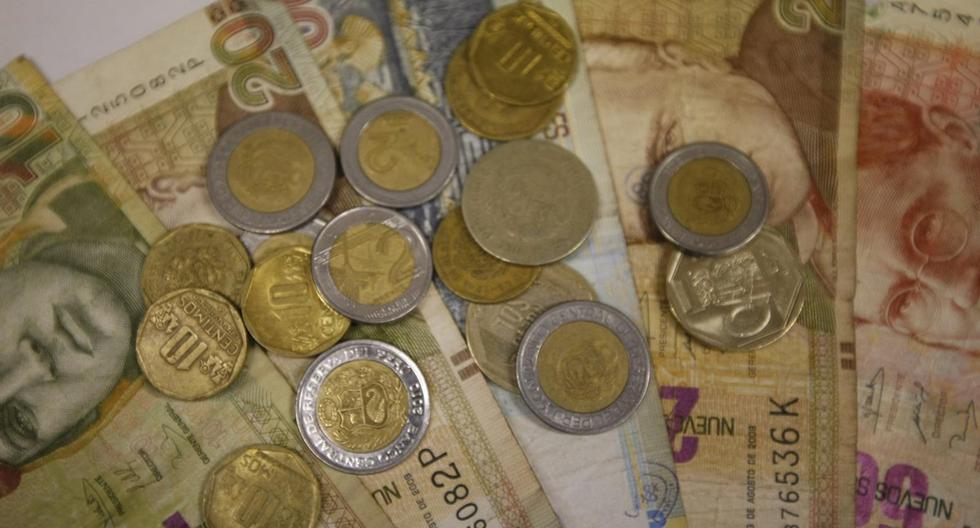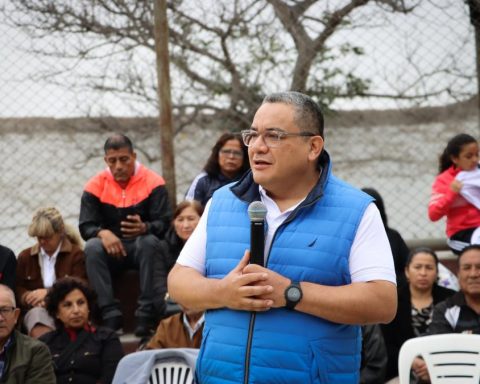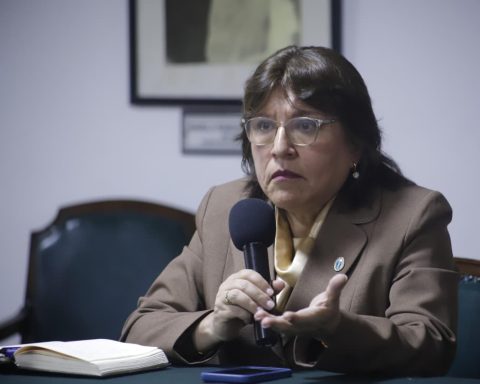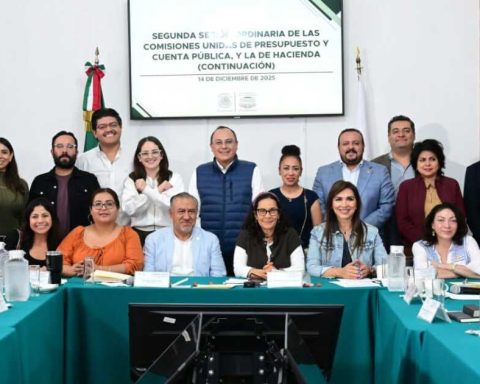Today Peruvians use the coins and banknotes under the denomination sun to make their daily transactions, however, the money used in Peru was not always called that, since throughout history various modifications were made, not only in name, but also in design and monetary value.
It should be noted that the currency first appeared in Peru with the arrival of the Spanish in the sixteenth century, brought by the conquerors, according to economic historian Carlos Contreras. In 1565 the Lima Mint was founded, the first to appear in the country and which began to produce the first Peruvian coins in 1568.
LOOK: Collection coins of one sol from Peru: these are the ones that are in circulation
In colonial times, the monetary unit was the “Real”, but after independence it continued with the denomination of ‘Peso’. Almost 40 years after independence, the monetary denomination “Sol” was born in 1863. Later, in 1931, the country would once again opt for the “Sol” denomination, although the official name was “Sol de Oro”.
In this sense, it is important to know what those changes were made by the Central Reserve Bank of Peru (BCR) to our coins and bills to date and their values.
What were the monetary units that Peru has had?
According to the registry of the BCR, the first monetary unit after the independence of Peru was the sol de oro (S/.), from April 1931 and was valid until January 1985.
Then, the Inti (I/.) came into force, which came into force on February 1, 1985 in accordance with Law No. 24064.
However, it was a month later that the Inti was put into circulation, while the first banknotes began to circulate only in December of that same year. Its validity as a monetary unit was until June 30, 1991 (6 years).
Following this, in January 1991, Law No. 25295 was published, which established the “new sol” as the monetary unit of Peru, but it was not until October 1 that the first coins came into circulation. In the case of banknotes, their entry was on November 13 of this year.
Although we have only had three monetary units throughout history, in 2015 a change was made in the denomination of the new sol.
“ As of December 15, 2015, the monetary unit has changed its name from Nuevo Sol to Sol. Its symbol has also been changed from S/. to S/”pointed out the BCR.
How much is our current currency worth compared to the previous ones?
According to the BCR equivalence table, if you want to know the value of the sol converted to Inti, you would have to multiply the monetary unit by 1 million. For example, S/ 500 would be equivalent to I/. 500 million.
On the other hand, if you want to know the value of gold from sol to sol, you would have to multiply the monetary unit by 1,000 million. That is to say, that S/ 500 would be equivalent to S/. 500,000 million.
It is worth mentioning that currently only the bills and coins of the monetary unit “Sol” (“New Sol”) have value as a means of payment, the bills and coins of “Soles de Oro” and “Intis” are not used for transactions. nor can they be exchanged for bills and coins of “Sol” (“New Sol”).
:quality(75)/cloudfront-us-east-1.images.arcpublishing.com/elcomercio/ESCYGUXFSVC4VESKZVPF367HYE.png)
How many times has the design of the banknotes been changed?
All banknotes currently used in the country have been in circulation since 1991, however, multiple design modifications have been made to date.
Along these lines, it is important to mention that in the case of the S/ 10 and S/ 100 bills, they received the last modification in their design in 2021, while the new S/ 20 and S/ 50 bills were presented this Wednesday July 20.
The S/ 200 note is the only one in the family that has not presented more recent changes, since its last design in 2009. All the others have received two changes since they entered circulation in 1991.
RECOMMENDED VIDEO
:quality(75)/cdn.jwplayer.com/v2/media/zXyTpzn7/poster.jpg)

















